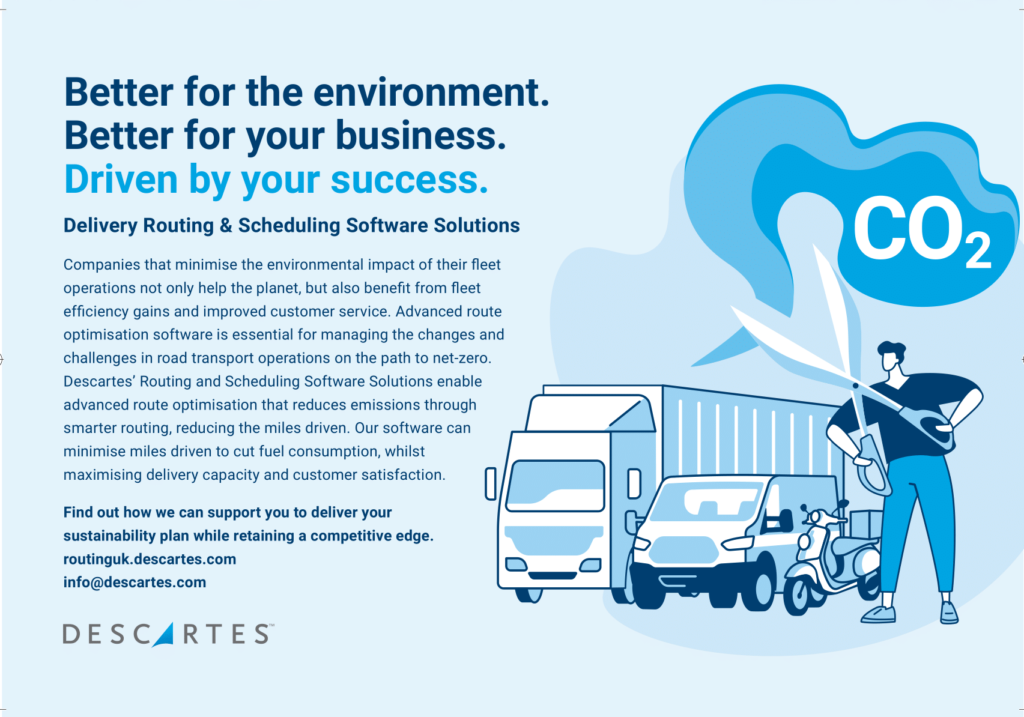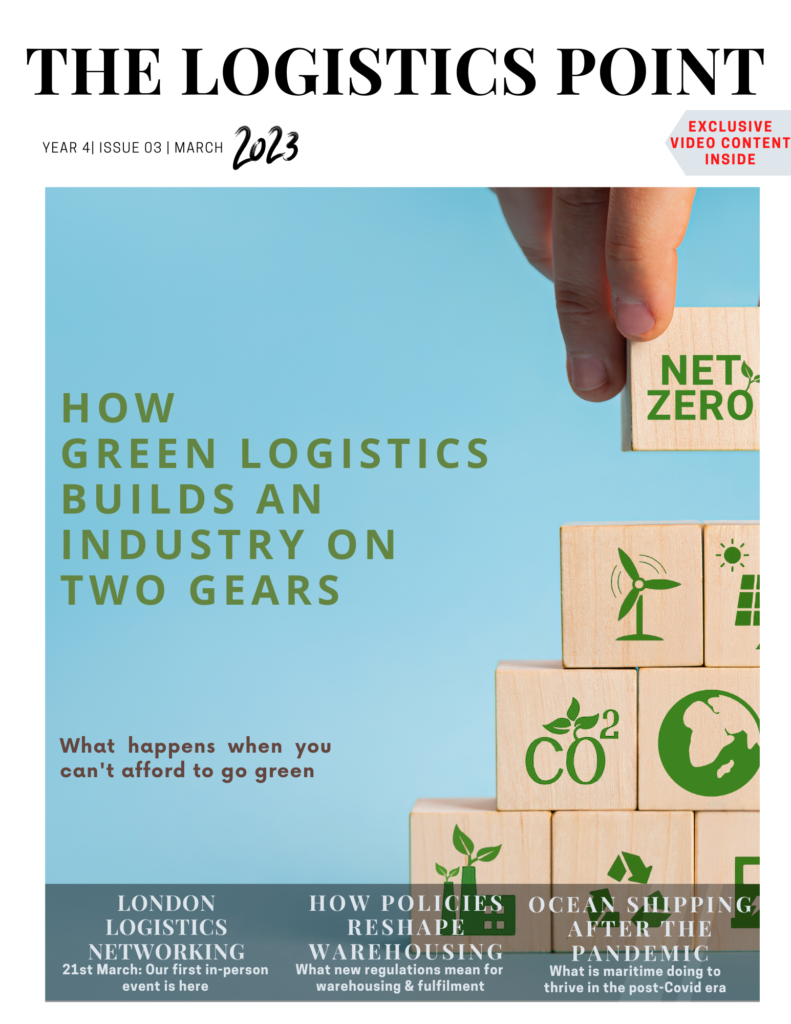2022 saw an influx of new sanctions that US companies needed to navigate around, largely due to the Russian invasion of Ukraine and resulting sanctions against Russian companies and individuals. As a result, many companies needed to scramble in order to adapt their supply chains and ensure they weren’t doing business with any “blocked” organizations. Jag Lamba, founder and CEO of Certa, takes a look at how to navigate them this year.

But doing so is never a simple process. Just because a company isn’t named on an official sanction list doesn’t mean that they’re in the clear—they could be owned in part by an entity that is blocked, and therefore continuing to do work with them could lead to unexpected fines.

As if that wasn’t tricky enough, the EU Court of Justice late last year nixed the requirement for companies’ ultimate beneficial owners (UBOs)—the individual or entity who ultimately controls a significant amount of an organization’s assets and/or voting rights, even if they aren’t explicitly listed—to be made public. This makes it harder for companies to look into their suppliers’ ownership structure in certain regions, which could help ensure that somewhere up the chain there isn’t a “blocked” entity that will result in the company unexpectedly running afoul of OFAC’s 50% rule.
What is the OFAC 50% rule, anyway?
The US Office of Foreign Assets Control (OFAC) works to prevent sanctions-targeted countries and individuals from perpetrating crimes such as money laundering, financing terrorist activities, drug trafficking, and weapons proliferation. OFAC is also involved in enforcing sanctions, including economic sanctions used to discourage military activity like the ones we’ve seen targeting Russia in the past year.
The OFAC “50% rule” states that “property and interests in property of entities directly or indirectly owned 50 percent or more in the aggregate by one or more blocked persons are considered blocked.” In simpler terms: there are sanctions on companies “with combined ownership by sanctioned parties of 50 percent or more.”

So even if a supplier itself may be clear of sanctions, there needs to be transparency down the ownership line. Regardless of the number of degrees of separation, if ownership includes a sanctioned person or entity, that sanction could apply to the supplier as well—and therefore any US company still working with them is in violation.
Over 30 sanctions programs, including programs that target countries like North Korea, Cuba, and Venezuela (and of course, Russia), can be seen on the US Treasury’s website. There are also acts put in place to discourage working with companies involved in or otherwise benefiting from what could be considered human rights violations. For example, the Uyghur Forced Labor Prevention Act was put in place to prevent the import and proliferation of products created by forced labor.
Compliance throughout the supply chain
There’s plenty of reason to believe that 2023 will see, at a minimum, a continuation of the recent sanctions put in place, and possibly many more introduced—geopolitical instability being as high as it is at the moment suggests that could be likely. What can companies do to ensure they stay on the right side of sanctions laws?
Simply put, trying to manually track current and future sanctions manually, and screen all suppliers—which can number in the hundreds if not thousands—regularly as the environment changes would be a logistical nightmare. It would be incredibly difficult, time-consuming, costly—and probably wouldn’t be done accurately. Fortunately, data providers can be plugged into specific third-party lifecycle management solutions to considerably automate the process of screening for sanctions risks throughout a supply chain.
Companies like Moody’s, Sayari, and Dun & Bradstreet can provide data critical to screening suppliers for sanctions risk, and when that data is accessible through supplier management platforms companies can get an up-to-the-minute look into their suppliers’ ownership structure, with risks flagged for their attention. And as new sanctions are enacted, there’s a chance that some suppliers who were previously clear of any sanctions affiliations would then be considered “blocked” due to their UBOs. When that happens, companies can be notified right within the platform of the newly-realized risks of certain suppliers.
That transparency is essential for steering clear of sanctions violations as we traverse the uncertain waters of the year ahead. The other essential ingredient: action. Don’t hesitate to act when a supplier suddenly becomes an increased risk; waiting to replace that supplier only increases the chances of (what can often be very sizable) fines. Those same third-party management platforms also highlight the impact a given supplier has on the company’s overall operations, making it clearer what steps would need to be taken in order to replace them without a major disruption to core, everyday operations.
In summary: Transparency and proactivity is the way forward
The sanctions landscape is constantly evolving, and keeping tabs on the risk of up to thousands of suppliers becoming (or already being) “blocked” and opening up a company to fines is tricky. But by utilizing a combination of supplier management systems with workflows that account for risk management and plug into third-party data validation services, much of the heavy lifting when it comes to monitoring sanctions risks can be automated.
If these tools are not currently in place, companies should implement them as soon as possible so that they can gain transparency into their current suppliers. When it comes to new or prospective suppliers, companies should build crucial data gathering and sanctions compliance checks right into the onboarding process to help and keep clear of sanctions fines in 2023 and beyond. ✷


